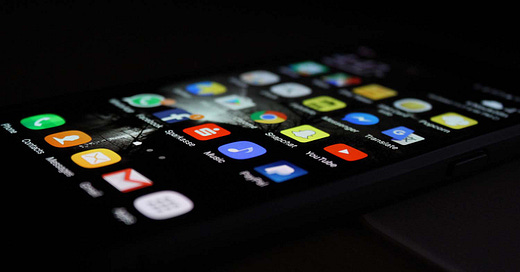Your Personal Slot Machine
Each one of us carries a personal slot machine. Sometimes we hit the jackpot, but for the most part, we lose...
Every morning, the first thing most of us do is check our email, WhatsApp, Instagram, or the news. This is probably true for most of us. Eighty per cent of smartphone users check their phones within fifteen minutes of opening their eyes. The majority of us sleep with our phone under the pillow, or within arm’s reach, and we instantly begin scrolling com…
Keep reading with a 7-day free trial
Subscribe to Vinay Sutaria's Newsletter to keep reading this post and get 7 days of free access to the full post archives.




